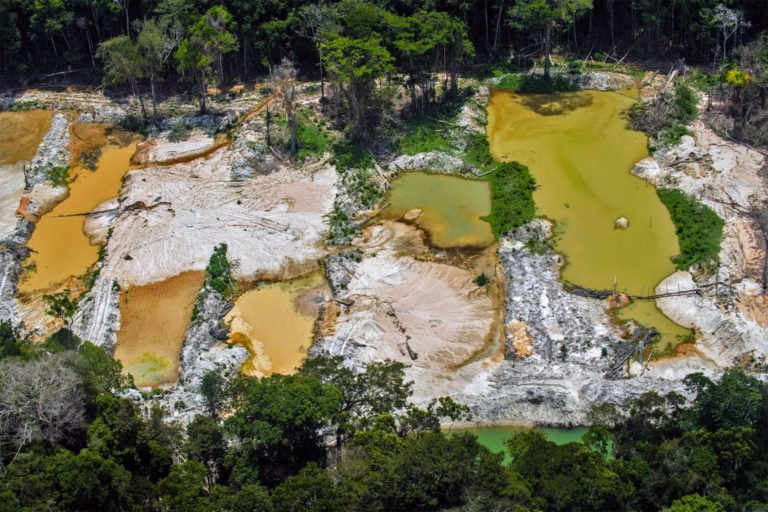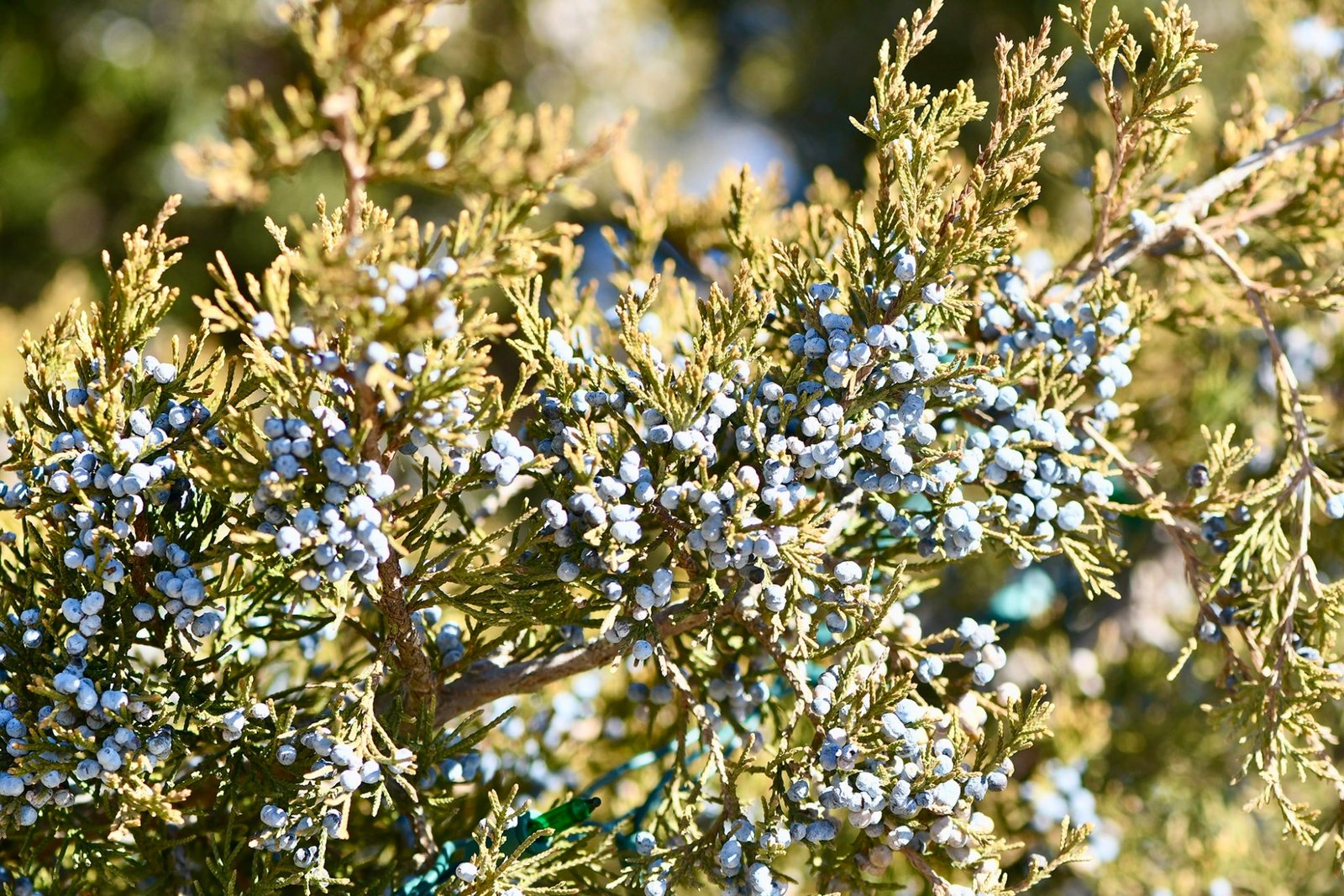Researchers have assessed the mycotoxin threat in European wheat and how it is changing. Fusarium mycotoxins were discovered in every European country.
A study by scientists from the University of Bath and the University of Exeter looked at Fusarium head blight (FHB) from 2010 to 2019. Findings were published in the journal Nature Food.
Mycotoxins occur when fungal pathogens infect crops and contaminate their products. They can harm human and animal health and impact farmers’ income.
The European Food Safety Authority (EFSA) and Biomin mycotoxin survey data for the FHB mycotoxins deoxynivalenol (DON), fumonisin (FUM), zearalenone (ZEN), and T-2 were analyzed for a 10-year period.
Potential health impact
Neil Brown, from Bath University, said: “Contaminated crops and Fusarium toxins are always a worry, as they pose a significant threat to our health, especially as we only partially understand their effects on our wellbeing.
“But on top of these health concerns, we must remember that wheat is a hugely important global crop, so it’s essential for us to maintain high yields along with safe food production — not least because of climate change, and now the war in Ukraine (the world’s fourth largest exporter of wheat), are already impacting on wheat yields and grain prices.”
Half of the wheat intended for human food in Europe contained DON, while in the United Kingdom, 70 percent was contaminated. However, 95 percent met the safety limits for DON concentration. The highest 10-year mean DON concentrations were in Hungary and the Netherlands.
DON was the most common FHB mycotoxin in European food and feed wheat. Occurrence and levels were lower in wheat for food than in the feed. This suggests that supply chain management, such as the postharvest downgrading of grain exceeding the limit for human consumption to animal feed, works to reduce DON entering the food stream for humans, said researchers.
DON occurrence was relatively stable in most countries over the decade. Sweden, Denmark, and the UK showed a high occurrence but at low concentrations. Scientists said this raises concerns about the health effects of chronic dietary exposure.
A quarter of food and 45 percent of feed wheat containing DON tested positive for other FHB mycotoxins. ZEN and T-2 were the most common co-contaminants.
“We don’t understand the health implications of being exposed to multiple toxins at the same time, especially when that exposure is chronic. We’re worried about growing levels of co-contamination and possible synergies between toxins,” said Brown.
Estimated downgrading costs
The team put a price on the impact of Fusarium head blight mycotoxins by estimating the value lost by wheat being too contaminated with DON for human consumption.
“Across Europe, we estimate that 75 million tons of wheat (5 percent of food wheat) exceeded the limit allowed for human consumption between 2010 and 2019. Downgrading this to animal feed equates to a loss of around €3 billion ($3.2 billion) over the last 10 years,” said Louise Johns, a Ph.D. student.
The scale of Fusarium head blight fluctuates from year-to-year but high disease years appear to be getting more severe.
“We don’t know what’s causing the increase in Fusarium mycotoxins, which is why we need more research, but we suspect that changes in farming such as soil preservation practices that provide a home for the Fusarium fungus and climate change such as warmer, more humid weather which favors the Fusarium fungus are playing an important role,” said Johns.
Sarah Gurr, chair of food security at the University of Exeter, said: “We need to be vigilant in testing for mycotoxins in grain. We each eat around 66 kilograms of wheat flour per year – for example, in pasta and bread – and it’s important for wheat to be protected from Fusarium infection so as to mitigate this risk.”
(To sign up for a free subscription to Food Safety News, click here.)










